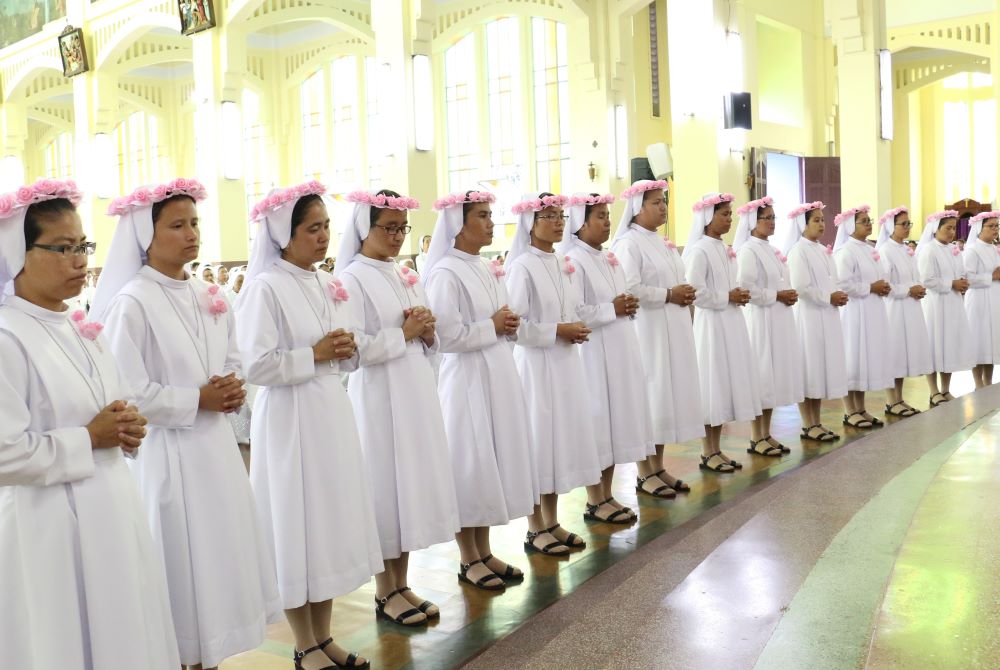
On Aug. 6, Salesian Sisters of Don Bosco made their perpetual professions at the Cathedral of Mary Help of Christians in Shillong, Meghalaya in northeast India. The ceremony took place on the celebration of the 150th anniversary of the August 5, 1872, founding of the Institute of the Daughters of Mary Help of Christians, known as the Salesian Sisters. (Euginia Laloo)

(GSR logo/Toni-Ann Ortiz)
Our panelists for the 2021-2022 The Life have only two months remaining! For both the August and September issues of The Life, we asked all our panelists the same question: Why do you stay in religious life? What gives you hope?
The responses are so profound, we have divided the panel even further, into four different sets of responses. Part 2 of this month's dispatch will be posted Thursday, Sept. 1.
______
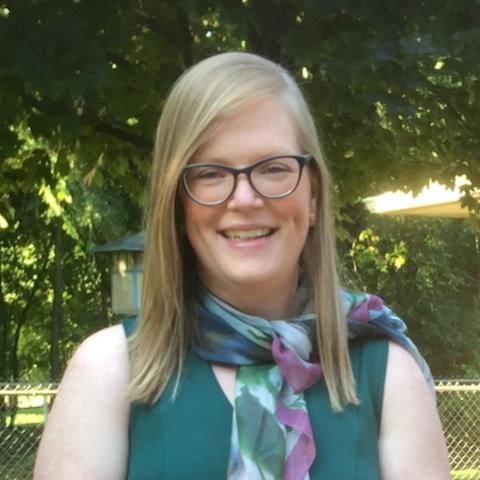
Jane Aseltyne is in first vows with the Sisters, Servants of the Immaculate Heart of Mary in Monroe, Michigan. Before entering, she served as the communications manager at A Nun's Life Ministry and worked in various ministries focused on disenfranchised populations, including teenagers and the elderly. Currently, she is a graduate student at Catholic Theological Union in Chicago, pursuing a master's degree in systematic theology and spirituality, and is involved in the Together Program, an intercultural cohort of young women religious who are studying at Catholic Theological Union and living in community.
As I spent time reflecting on the question of why I stay in religious life, I recalled my experiences this summer. I had the opportunity to attend two large gatherings of sisters. The first was the Giving Voice national gathering in San Antonio, Texas. Eighty sisters under age 50 from 40 congregations and 14 countries gathered to pray, reflect, challenge one another and dream about the future of religious life.
The second was the annual assembly of the Leadership Conference of Women Religious in St. Louis. At LCWR, I — along with five other Giving Voice sisters — attended the conference as participants, gaining an up-close look at how those in leadership support and engage one another around some of today's most pressing issues in religious life.
Two key themes emerged in each of these experiences: community and mission.
For me, community is about relationship, which is one of the big reasons I am drawn to consecrated life. Over the last few years, I have witnessed firsthand the power of community and sisterhood. When I faced significant health challenges, it was my sisters, both within my congregation and in other communities, who supported and loved me through that time. It's my relationships within community that challenge me to grow in my relationship with God and give me the courage to step out into who I am called to be. Healthy relationships are essential to living my vocation well, and these relationships help sustain my call to ministry.
One does not have to be a member of a religious congregation to be engaged in ministry, but there is something about being united in mission with my sisters that brings a more profound sense of meaning to my work. When I first met my congregation, I instantly felt drawn to their commitment to social justice and theological studies as well as their desire to be with those on the margins of society. Sharing in mission with the global sisterhood gives me a sense of connectedness in ways that I had not experienced before entering religious life.
At Giving Voice and LCWR, I got to network with sisters from around the globe who are also committed to community and mission. It is these women who give me hope for our future because I see myself in them, and I hope they see themselves in me.

(Unsplash/Mehmet Turgut Kirkgoz)
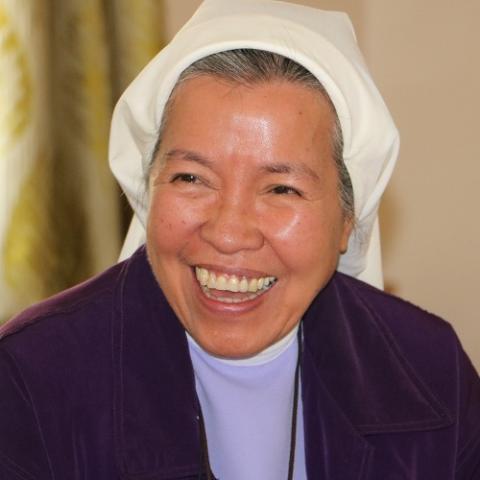
Vicenta Javier, a member of the Religious of the Assumption, is from the Philippines. After eight years of missionary work in Vietnam, she is now in her 11th year of missionary work in East Africa. She is an educator but has also been a formator of young sisters in the Philippines, Vietnam, Tanzania and Kenya. Currently, she teaches part time at the Center for Leadership and Management at Tangaza University College in Nairobi, Kenya.
Fifty-one years ago on Aug. 6, I made my first vows. I had stopped college studies to keep a promise I made in the midst of a faith crisis: "If there is a God, it is all for him!" I had not found him yet but was embarking on my search. The sister-dean of the college allowed that 18-year-old to look for God by seeking in the place where people dedicated their whole lives to him.
It was there, two years after, in the retreat preparing for my first vows, that Jesus in the Blessed Sacrament planted a mustard seed of faith in my heart. He insistently urged, "Come, cross over," even as I repeatedly replied, "I can't" — until I finally said, "OK, I will try."
A religious calling is a journey that stretches far beyond one's life. It is, as a sister once shared, "God looking at me across the 500 years when Magellan crossed oceans and brought Christianity to the Philippines so that I may know him."
Religious life has meant a life lived for God with sisters who have experienced the same passion for God and his creative, saving work for the world.
It is being born to a family with a mother who brought us up in the faith; Sunday Mass together as a family; attending primary and secondary school in a Catholic school run by Spanish sisters where faith and prayer were in the air we breathed. It is the God-encounters of a little girl drawn to the image of the boy Jesus on the little altar that Mama had placed in every bedroom or those "Faith and Freedom" readers with their stories of boys and girls who did generous, honest and brave acts that drew her to want to become like them. There were experiences that awakened a longing for something unnamable that began to take the shape of a God who asked for all. So when her life had a trajectory that unswervingly led to nowhere else but God, how could she not be other than all for him?
Religious life has meant a life lived for God with sisters who have experienced the same passion for God and his creative, saving work for the world. Together, we live, pray, serve to return our world back to God, to join him in his dream for a world where love, peace and justice reign. He is at work in us and with us. This is the source of my enduring hope.
"My soul is waiting for the Lord more than sentinels wait for the dawn" (Psalm 130:6).
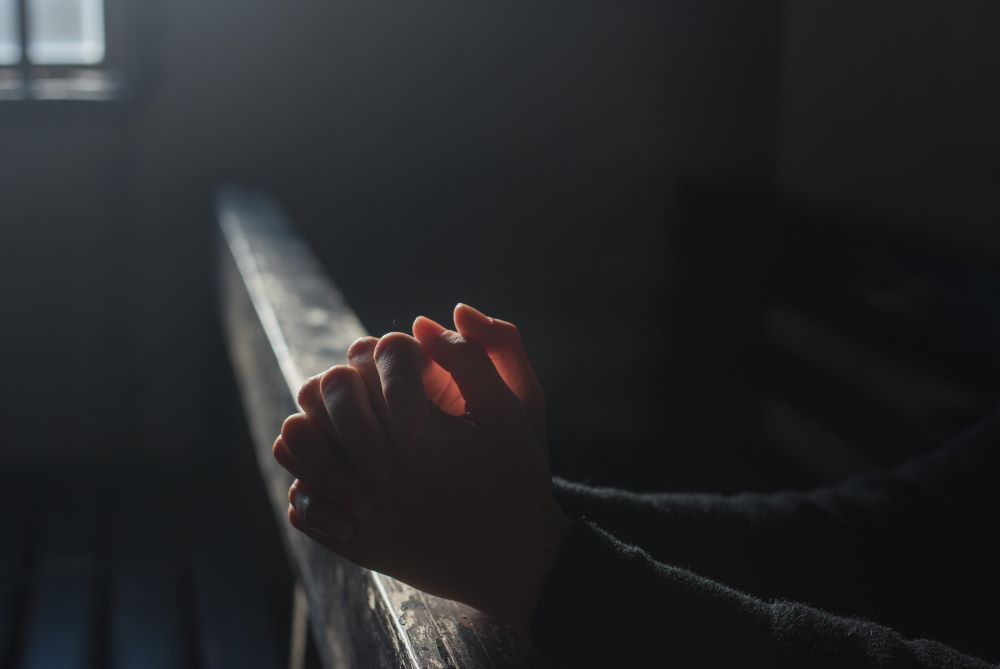
(Pixabay/Himsan)
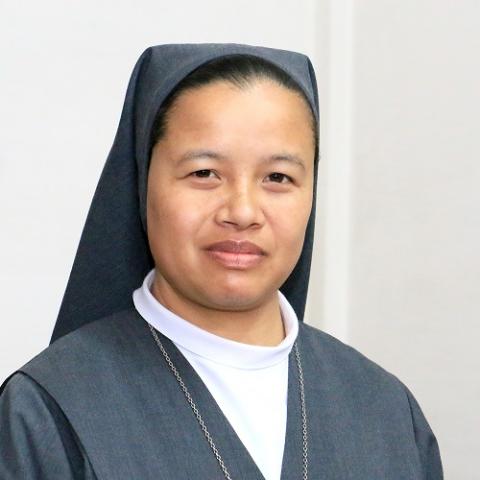
Euginia Laloo of the Jaintia tribe of Meghalaya, India, is a member of the Immaculate Heart of Mary Province of Shillong of the Institute of the Daughters of Mary Help of Christians (Salesian Sisters of Don Bosco). With a background in media technology and English literature, she has worked in schools, especially with dropout students and in media ministry. Currently, she is writing the history of her province and serving as coordinator of social communication.
Looking back at my 19 years of life as a religious sister, my heart sings Mary's Magnificat: "The Almighty has done great things for me." I count myself fortunate to be called and chosen by the Lord to follow him in the Salesian way of life.
When I was just a child of 5, a religious sister (not a Salesian) asked me if I would also like to become a sister. My reply was in the affirmative, even specifying the religious congregation (Salesian)! When I think of it now, I wonder how I was able to distinguish the congregation at that tender age.
As a teenager involved in the Young Christian Students movement and with the encouragement of the Salesian clerics — our coordinators at that time — my vocation to religious life found its expression and meaning. It gave me the impetus to work for young people and from that time onward motivated me "to give life" to those I encounter in religious life and mission, especially the young people.
Advertisement
What I enjoy most in religious life is community living. I treasure every aspect of it, and at the same time, it gives me a learning experience from both young and old members. There is so much creativity, hard work, enrichment, synergy of gifts and talents, co-responsibility, and teamwork. It gives me great joy and satisfaction when anything is launched by our community or in the name of the community. In my turn, too, I do go the extra mile to contribute all I can in the apostolate of the community.
Another significant aspect of community living I relish is our well-planned and meaningful community prayer experiences. I'm happy when I can animate the community myself, especially on community day celebrations and other feasts.
I must admit in all sincerity that I have always kept this thought in mind: "God calls me not because I am good, but to make me good." Who knows — left to myself, I might not remember God as much as I do now as a professed religious.
What gives me hope is that all my actions as a religious are consecrated, and while enjoying the hundredfold promises of the Lord here on Earth, I look forward with optimism for the bliss of eternal life with him. Thus, I journey ahead with fortitude, knowing that it is he who holds my hand.

(Unsplash/Ben White)
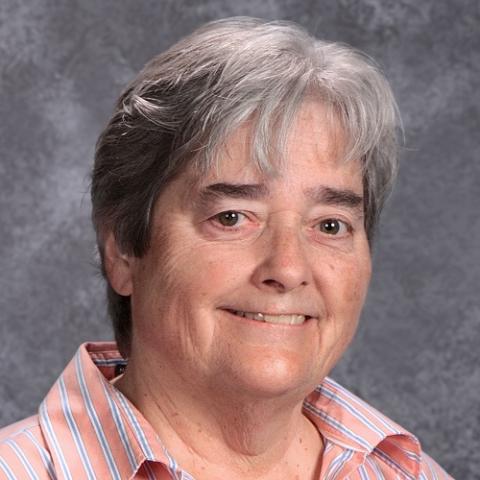
Patricia Beairsto is a Sister of Mercy from Rochester, New York. Her educational background is in history and political science, then theology, pastoral ministry and liturgy. She served as a high school campus minister and as a high school theology teacher. Currently, she is teaching theology, doing retreat work and liturgical planning, and working in mission effectiveness and the systemic dimensions of the work of justice.
Why do I stay in religious life? What gives me hope? I can only approach these questions in a qualitative way. For example, in a recent preparatory process for our 2023 institute chapter, we were offered stark statistics about our reality now and into the future. This quantitative data is overwhelming at the least and depressing at the most. We cannot deny our reality, yet I believe our future is not in the numbers and ages alone. I prefer qualitative analysis.
By "quality," I mean applying mission-driven metrics. How is the legacy of our foundress, Catherine McAuley, alive today? How are our ministries, old and new, serving the poor, the sick and the ignorant, the call of our fourth vow? Who are the sisters, associates, companions and colleagues leading the way in this service? In those settings where there are no vowed religious, is the charism of Mercy palpable? I pose the same question to those settings where there are vowed religious: Is the charism of Mercy palpable in those milieus, as well? Are we mission-driven, and do we have the desire to keep the flame alive?
Our stumbling attempts to remain faithful give me hope.
Another metric I deem important is spirituality. Are we committed to a discerning mode of living and acting? Do we value the discipline and silence genuine spirituality demands? In our crazy, fast-paced world, do we seek balance when we can? Is the word of God a resource for our prayer and a guide for our living?
Finally, the metric of justice must be utilized in honest self-examination. Are we committed to both the action of charity and the action of justice in our work? Do we risk the movement beyond short-term responses to long-term systemic efforts as we address the issues related to racism, nonviolence, women and children, immigration, and the Earth? Is concern for the common good paramount?
In my judgment, those metrics are met within the Sisters of Mercy, even though it might be in imperfect ways. Our stumbling attempts to remain faithful give me hope. The witness of senior members and newer members flies in the face of the raw data regarding the future. I remain in religious life supported and buoyed by the others also stumbling along.
Part two of the August replies to our question of why the panelists stay in religious life will be published Thursday, Sept. 1.







